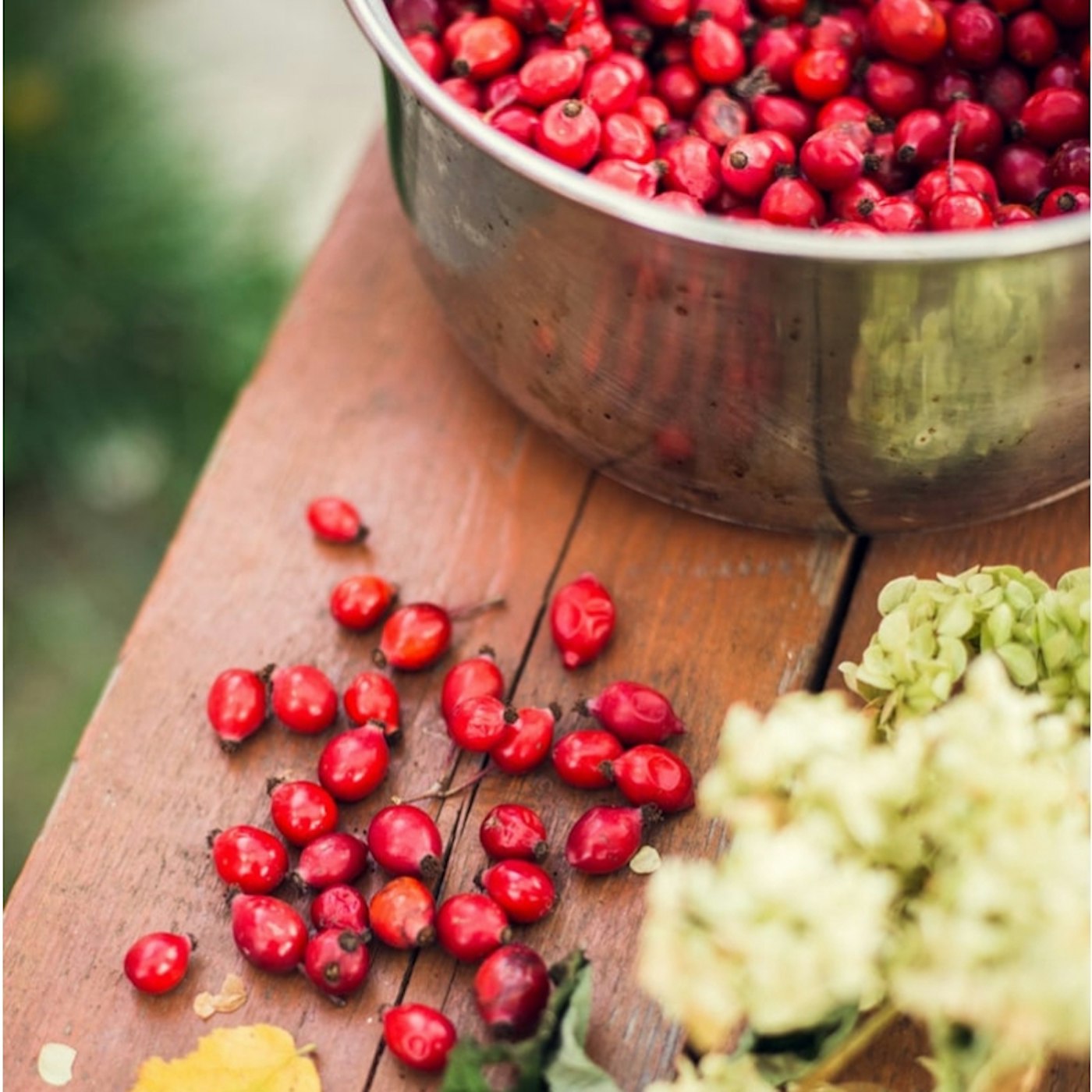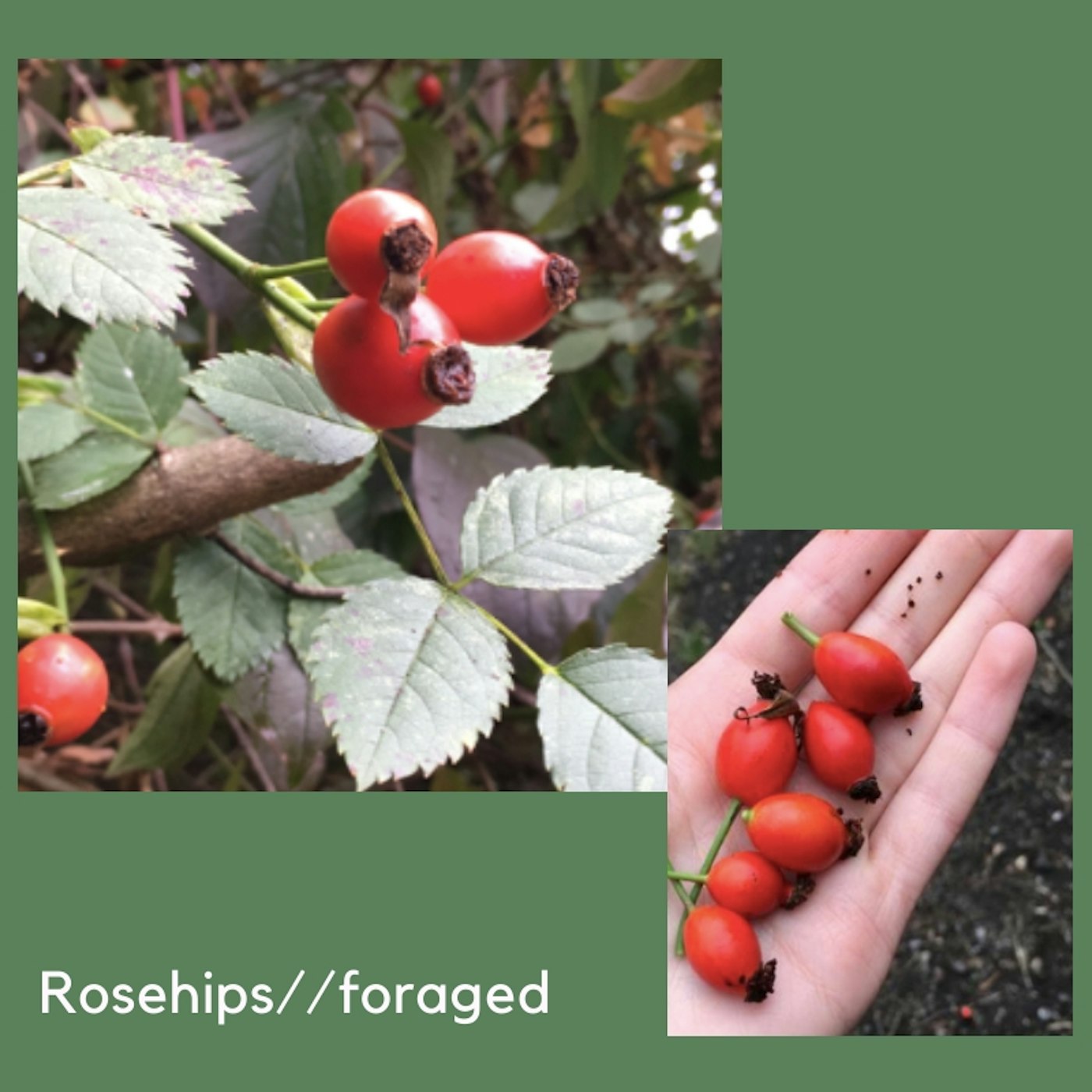Rosehip Seed Facial Oil Recipe in Time for Winter
by Seeds of Selma in Beauty & Makeup on 28th November, 2019

*Note:Do a test patch first to ensure that your skin does not have a reaction to the oil!
The skin
The skin is the largest organ of the body, acting as a barrier between the internal and external environment. It protects us against microorganisms, ultraviolet irradiation and irritants. Despite its significant barrier function, due to the nature of some chemicals (such as lipophilicity and molecular weight), the area and the extent of duration, the products have the ability to enter systemic circulation via the intercellular, intracellular route of absorption through hair follicles or sweat glands. It has been reported that they can enter the bloodstream in as quickly as 26 seconds!
The dangers hidden behind ‘synthetic fragrance’
One specific component – amongst many – to look out for is synthetic fragrance. The Food and Drug Administration (FDA) does not require fragrance to be more specific in its terminology. The law loophole was originally put in place to protect a company’s proprietary perfume blend or trade secrets, under the Fair Packaging and Labelling Act of 1966. Although fragrance takes up one space on the label, it might contain a toxic cocktail of chemicals, such as synthetic, preservative, or allergy-provoking substances that consumers have the right to be aware of. This provides companies an opportunity to use as many fragrance-forming ingredients as they like, and the potentially harmful effects of such long-term use are endless.
The best thing to do is to opt for natural products, that use as few chemicals as possible, for instance, opting for products that use essential oils instead of fragrance. I have started to make some of my own products at home, re-igniting one of my childhood/adolescent dreams of starting my own natural skincare line.
Rosehips
Plant oils allow the skin to retain moisture and are more readily absorbed. Widely used plant oils include almond and jojoba, however, another plant oil that has recently gained popularity is Rosehip oil. Rosehips are the fruit that grows following successful pollination of rose flowers (Rosa canina L.) in the summer and are easily identifiable by their bright red fruits. They grow in late September through to December. All species of Rosehip are edible and have been used to make jams and jellies, and they have been used medicinally for centuries.

Images: Authors own
The vitamin C and flavonoid content support the immune system and counter the stress response. They have been used for many indications such as for varicose veins, degenerative vascular diseases such as atherosclerosis and hypertension, as well as diabetes and allergies. Rosehip tea has mucilaginous properties that coat and soothe mucous membranes such as the throat and the digestive tract to soothe associated ills such as a sore throat, stomach flu, and to restore microbiome health following antibiotic use.
In addition, they possess remarkable properties for the skin. Rosehips also contain high levels of vitamin A, D, E, and fatty acids. It has regenerative and antioxidative effects and stimulates collagen production which is essential for wound healing/scarring, which explains their recent popularity in skincare. Rosehip oil also provides protection to cells against inflammation and oxidative stress, such as pollution.
Simple and easy Rosehip oil recipe
After stumbling across the rosehips and studying their therapeutic and cosmetic use, I decided to make my own rosehip oil. There are two main ways in which plant oils are extracted:
- Cold-pressed/maceration where the seeds are steeped in a carrier oil and left in the refrigerator for 3 weeks to slowly infuse. A slower process but retains the composition and therapeutic compounds.
- The refining process which uses heat to rapidly release the compounds by breaking down the cell wall. Includes heating the rosehips for 8 hours in a slow cooker or an oven at the lowest heat possible,
I opted for the cold-pressed method due to convenience alongside wanting to retain the original compounds as much as possible, to take advantage of the properties of such an underrated fruit.
Recipe:
I collected roughly 1 cup (125g) of rosehips in my local park – if you do pick them, make sure they are not growing near polluted areas such as the road. Watch out for the thorns whilst picking them.
I washed them and cut off each end of the fruit
I placed them in a dry place and left them to dry for 1 week. They start to shrink and darken in colour.
Once dried, I steeped them in enough almond oil (or any other carrier oil such as jojoba) to cover them. This oil was concentrated; however, you can add more carrier oil based on your preferences. I just wanted to maximise the therapeutic effects for my skin.
I added several drops of lavender essential oil.
I left this for 3 weeks in a dark container (preferably completely closed off from any light – rosehips contain photoreactive components which are sensitive to light).
Once a week I would shake the container for a few seconds.
Once the 3 weeks were over, I filtered and squeezed out any remaining oil and placed it in a clean container which is slightly opaque, to retain the photoreactive component. I keep the oil in a dark cabinet.
I use the oil daily and I love it. I love the fact that I produced this oil with my own hands, from the harvesting to the drying, to the maceration process. It’s not about the money, but it gives me satisfaction knowing that I know exactly what is in the oil. Especially since I’m becoming more conscious of what products I put on my body.
*Note: Do a test patch first to ensure that your skin does not have a reaction to the oil!
View this post on InstagramA post shared by S E L M A (@seedsofselma) on

Seeds of Selma
Selma Maloumi is a graduate in BSc Biology and MSc Medicinal Natural Products and Phytochemistry at UCL. She shares knowledge on all aspects of health on her Instagram blog @SeedsOfSelma, as she believes it is multifaceted, as we are. She also aims to revive the wisdom of ancient medicine and herbalism for modern life. In addition, through the creation of conscious healing spaces for women in London, she aims to connect the dots between Islam, science and nature. Selma has recently become qualified as an Integrative Health Coach and has completed her further studies in functional medicine, and is now looking forward to working with women on their journey to health and vitality.